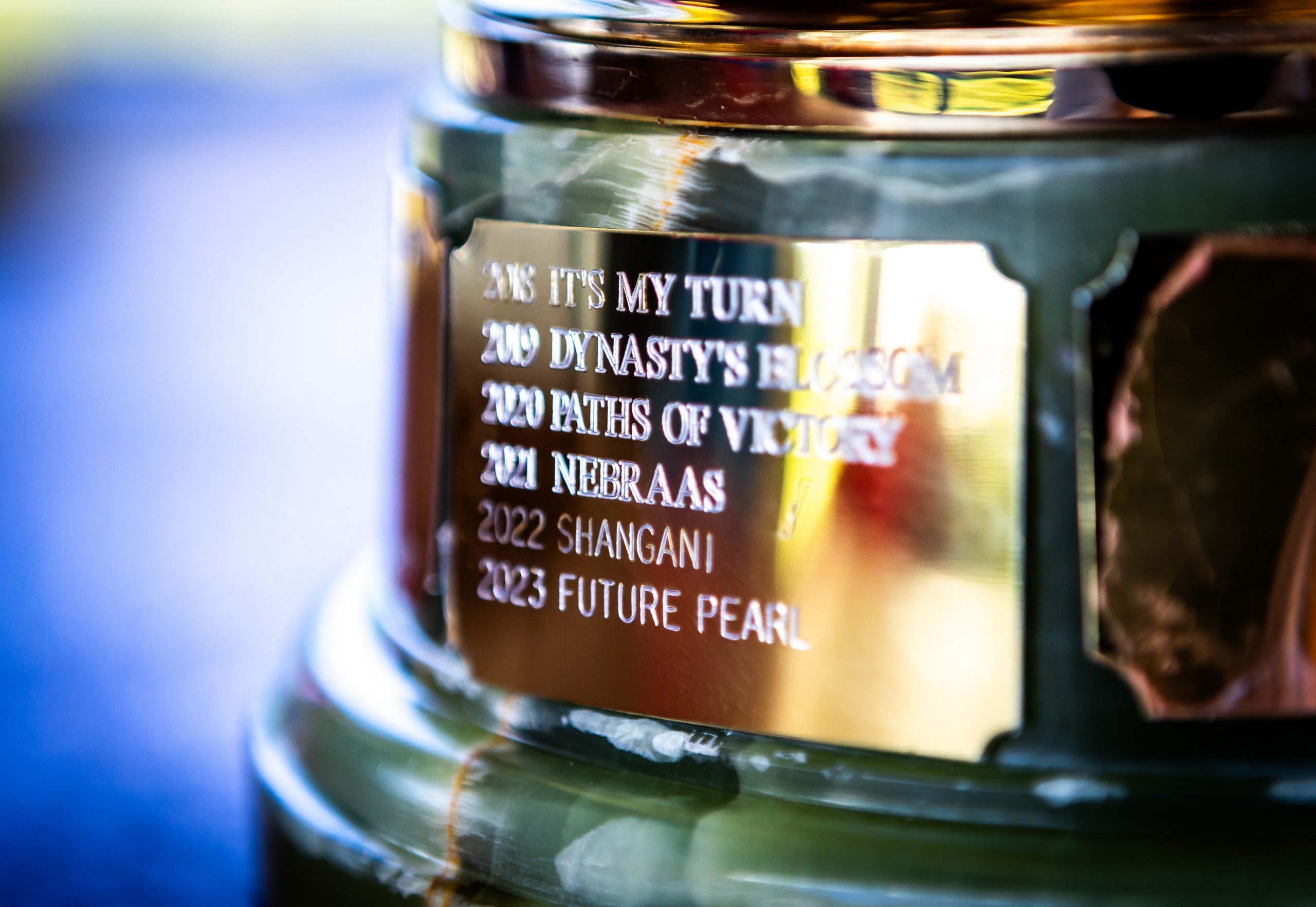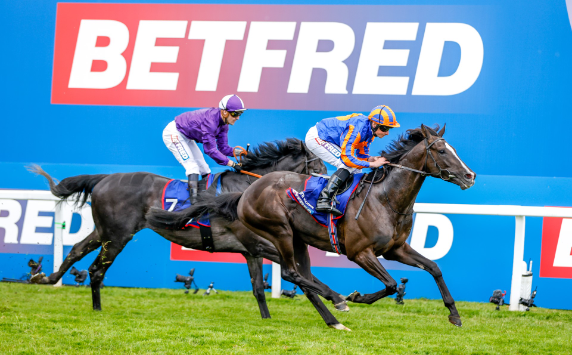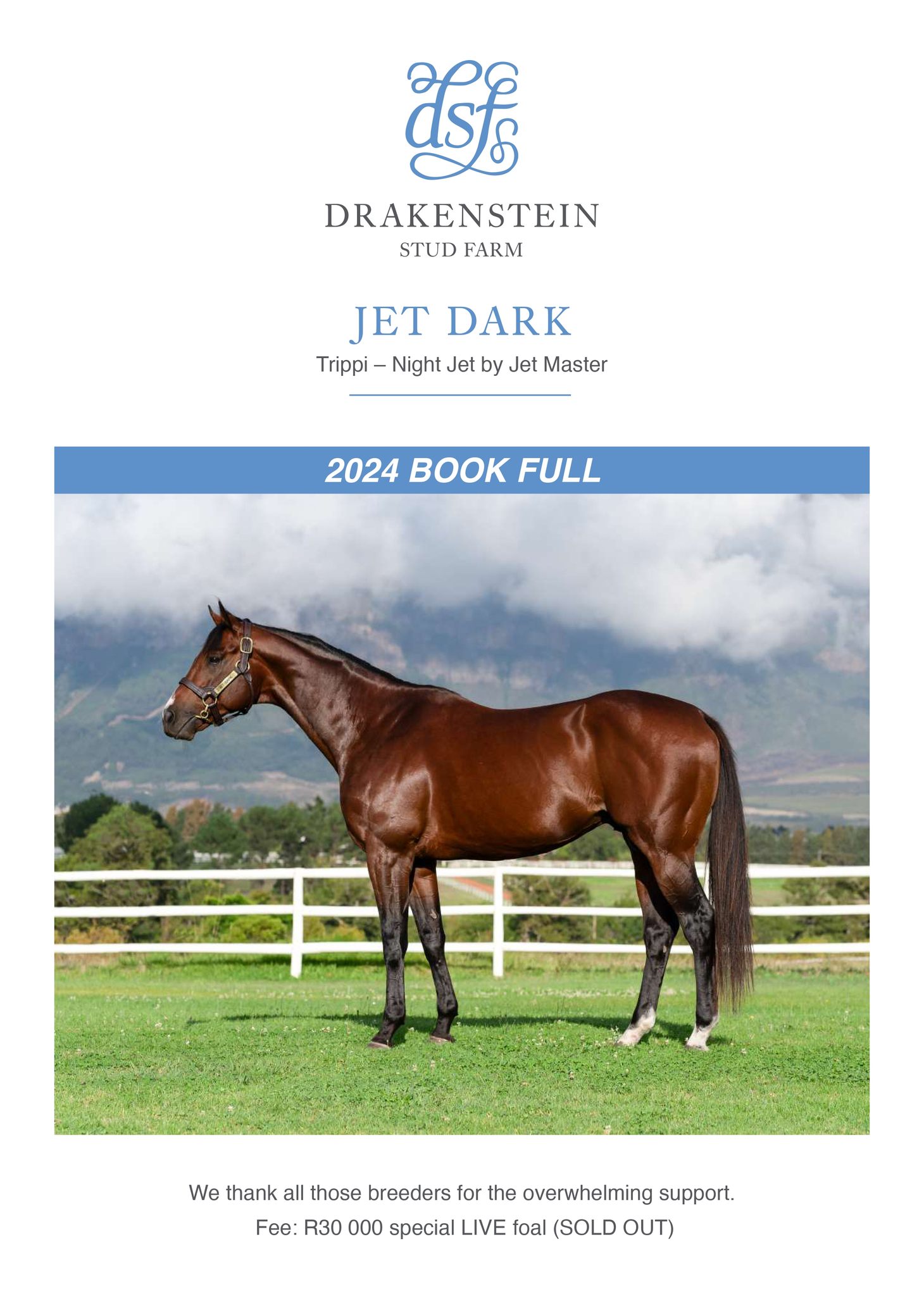The following is an excerpt from the 37th ANNUAL SYMPOSIUM ON RACING & GAMING at the University of Arizona.
The talk is the key-note address, by Robert Evans, President and CEO of Churchill Downs.
The full transcript is at the University website – click here.
(we pick up the address towards the end)
Racing is embracing technology and I noticed there are a number of panels on this over the next couple of days. So I’m not going to try to do anything exhaustive on this one, but I want to call out three things that I think are really important.
One is high-definition video. The video experience, both at the track, OTB, online and cable (HRTV and TVG), the video experience we deliver to our customers is awful. It’s awful. And if you think it’s bad now, I’ve been recently to some of the new stadiums that are out there, most notably the new Dallas Cowboy stadium because my wife is a Texan, the video experiences in these places are spectacular.
We’re abysmal. Within about two or three years we’re going to look like black and white TV in a color TV world. We’ve got to fix this.
Now, this is expensive. We’ve converted all four of our tracks to high-definition video. You can break this in to three pieces.
The first is, what do you have to spend at the track to produce the high-def video signals. That’s roughly $1 million to $1.2 million for new cameras, new video boards and the cabling and stuff that you need to put it together. So $1 million to $1.2 million per track. We’ve done all four.
The next thing that you’ve got to do is that you’ve got to send that signal to the place where it’s going to be used. That costs us $750,000 a year. We’ve been doing it for over a year now. There are 42 sites. You can think of them as simulcast sites, tracks and OTBs, 42 with type of signal.
All you have to buy is a decoder and a flat screen TV and you can put a high-def signal in your OTB or track. Forty-two out of 1600, roughly, 42 have taken us up on that so far. I’m scratching my head as to why I’m paying $750,000 a year to send a signal to 42 entities, but we’re doing it for now.
We’ve got to do some work to bring our video experience for our customers, whether they’re at the track, OTB, online or watching a cable show. We’ve got to bring that up to 21st century standards. If we don’t, we’re just going to look stupid.
By the way, I didn’t include in any of this the cost of actually buying the flat panel displays. Does anyone want to take a guess at how many we have at Churchill Downs, Inc., all tracks OTBs? Nine thousand.
Go into Best Buy, “Hi, I need some of those Samsung 50-inchers.”
“How many do you need?”
“Nine thousand.”
So we’ve got a lot of work to do on this one. You know, Keeneland, I think went first. They were the first track, to my knowledge, to do a high-definition video signal on track. I think that we were the first to send it out to the simulcast market although, like I said, I’m scratching my head as to why I’m doing that, given there’s only 42 takers, but it’s there.
We’ve got to get better at this. I saw Scott Daruty in here somewhere. The HRTV folks have got to figure this one out. The TVG folks have got to figure this one out. We’ve got to bring our video product up to 21st century standards.
Second, is ADW. The whole industry is just getting started on this. I think there’s a huge amount of upside. Through social networking, I’m seeing better and better stuff in that regard. With online handicapping tournaments and contests, I think the NTRA contest just went to a $2 million purse which his terrific. That’s the kind of thing that gets people’s attention.
And then the single-most important thing, I think, is mobile. Making racing available everywhere. I don’t want there to be — it’s like Coke, right? What is Coke’s goal, to always be within an arm’s reach of a Coke, anywhere in the world you are. I want the betting customer to be within arm’s reach of a way to wager on a horse race, and mobile is the way to do that.
The last piece of this is customer analytics which is very nascent. So let me put this into context. We process — TwinSpires.com, we process 66 million wagers a year, 66 million.
We know what the customer did in terms of their “click” behavior.
How did they get to the site? Where have they been on the site? And then they pace a wager. What do they do after?
We have that information, 66 million times a year. Shame on us if we can’t figure out some way to do a better job of marketing our product online given the fact that we know what the
customer is doing. We don’t have this luxury on track or in an OTB. In fact, many times, we don’t even know who the customer is.
Here, we’ve got it because they’ve had to create an account. We’ve got demo information.
We’ve got all the historical wagering and we know what their “click” behavior is before and after they place a bet. So we should be able to extract knowledge from that through improved customer analytics and use it to drive the marketing side of our business.
Another important reason I’m optimistic, there is a market for quality. Now, think about this for a minute, total US (and I had to use 2009 here because 2010 is not over yet and there are a couple of races left when I did this in 2010) but total handle 2003 to 2009, down 19 percent. I showed you a number earlier and it was down 25 percent through 2010, 2009, here.
If you look at the handle on the top 25 races, the best we’ve got, arguably the best products we’ve got, it’s up 18 percent. There is a market for quality. If we put good quality stuff in front of the customer, they spend more money on it.
I was going to have a quiz here as to can anyone name the top 25 races in 2009, but I’ll cheat and tell you what they are. They occur on nine days. The top 25 races occur on nine days.
It’s the Derby and Oaks, there’s two. There are four other races on the Oaks’ card like the Humana Distaff etc. That’s six. There’s the two other Triple Crown races, Preakness and Belmont. That’s eight. There’s the 14 Breeders Cup Race, that’s 22. There’s the Travers the Manhattan and the Acorn; that’s three more, 25.
Those 25 products can hold their own. Handle on those are up 18 percent, a 37 percent gap between all racing and the top quality products we’ve got. That’s a great thing to discover.
I pushed it a little farther and said, “At what point is it flat? How many races do I have to get to before handle 2003 to 2009 is flat?”
That answer is 465 races.
So if we produce a quality product, there is not only just a market for it, but there’s a market that’s actually growing.
The last of my five reasons to be optimistic, innovation. I love this. I love the fact that Monmouth is doing their “elite meet” thing. It beat the heck out of us at Arlington Park, in terms of Arlington’s handle. We saw a lot of it go to Monmouth, but I like the fact that somebody is out there taking big risks and doing big stuff.
Similarly with Saratoga, a lot of people said expanding it from 36 to 40 days was a bad thing to do. It turned out to be a good thing to do.
By the way, I’m not passing judgment on any of these ideas, I’m just excited that people are trying big stuff. That’s where innovation comes from.
We’ve had some success with our Downs after Dark, our night racing program, we had a 126,000 people out this year for the events that we did, the night racing events that we did.
TVG has been successful in pushing exchange wagering through in California.
Again, I’m not passing judgment on whether these things are good or bad, but I think it’s exciting that somebody has a new form of wagering out there. Let’s keep pushing the innovation envelope. Not all of these things are going to be good ideas, but let’s keep pushing it out there.
Promotion innovation, Magna — I have to admit it’s kind of clever, the 2.2 and 5.5 bonus programs, and we’ll see how that affects the market next year.
California is experimenting pretty boldly with price innovation by raising take-out on California racing and diverting that money to the purse accounts there.
Let me see if I can wrap this up.
Racing faces a lot of challenges. Hopefully, I’ve shared a few different perspectives on some of those with you today. The economic forces that are out there, and will probably continue to be out there for the next three or four years at least, are pushing us in the direction of consolidation. They’re not pushing us to get bigger; they’re pushing us to consolidate and get somewhat smaller. But there is a viable business model at the foundation of racing’s future. I didn’t predict it, I didn’t forecast it and I’m not calling for it, but there is a viable business model there.
Alternative gaming and the improved balance sheets that we’ve seen give us the time and the financial resources to make the necessary investments and changes.
So we’ve got two assets here that we can take advantage of in building the future.
Innovation, technology and quality are the paths to success.
Now, a lot of the discussion that I read in the industry tends to focus on how do we change the macro things? Should we have a commissioner or not? How do we change the pricing model in the industry? We need to centrally schedule all of the races.
These are big macro, really hard things to ever get done.
What do you do if you run a racetrack or two? I mean, we can pay lip service to these big macro things, but it’s a lot of pounding on nails that don’t get too far into the wood.
What we’ve tried to do at Churchill, at the four tracks we own, in terms of our racing business is a simple thought, which is focus on creating one more profitable day. Don’t change the intergalactic scope of the thoroughbred racing in North America. Go change what you do. Make one more day profitable.
That’s where night racing came from. Night racing didn’t come from, “Hey, let’s put up lights, it might look cool.” Night racing came from, “Is there a way for us to take one day, a Friday in late June that otherwise doesn’t have anything going on, and turn it into from a close-to-break-even (maybe $100,000 EBITDA contributor), how can we turn that into a $500-600-700,000 EBITDA contributor?”
It’s to make one more profitable day, and I think that’s the way we can make progress. For those of you who run racetracks, engage your teams in finding the answer to that question,
and there’s 55 of us out there, at least, today. If we can all make one, two or three more profitable days in the next year, that’s 150 more profitable days across the industry, and that will drive a lot more success than spending huge amounts of time debating, arguing and trying to make happen these intergalactic ideas that probably have no way to get done.
Create one more profitable day.
The full transcript is at the University website – click here.








